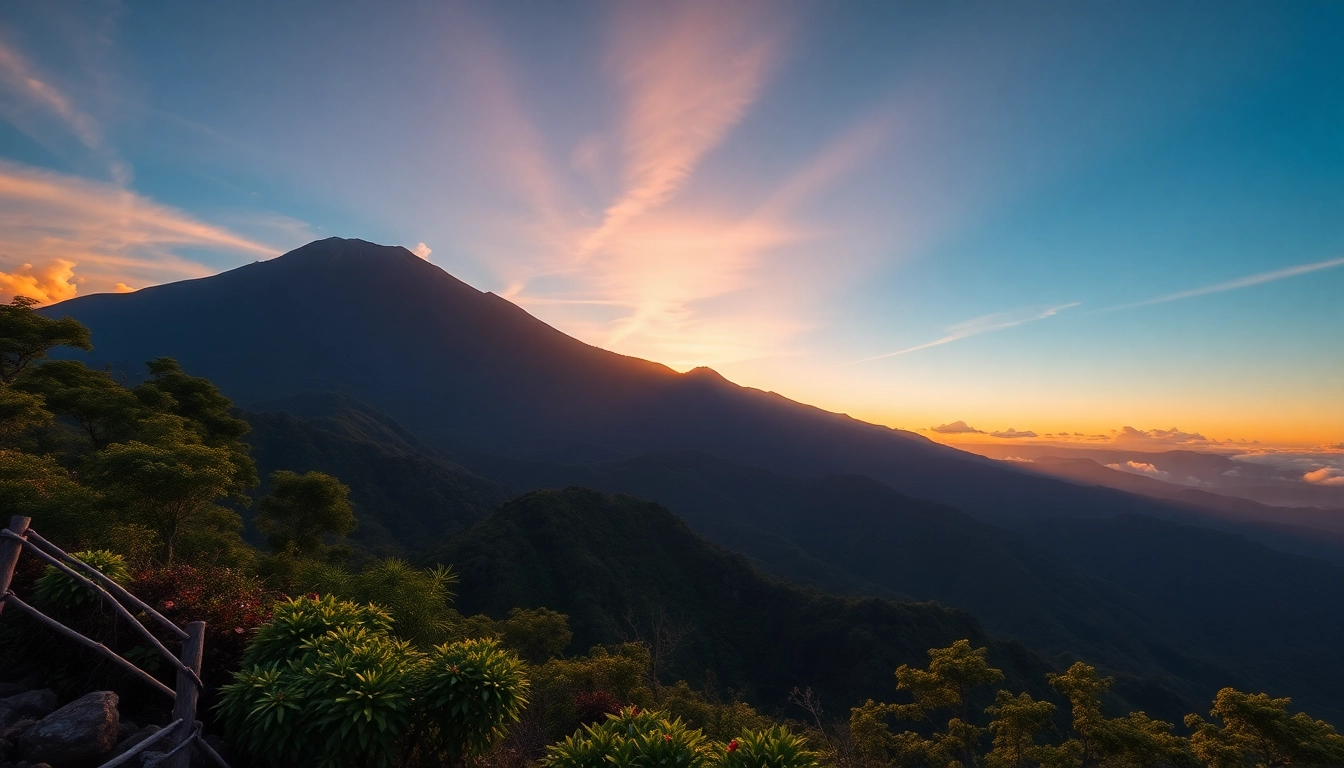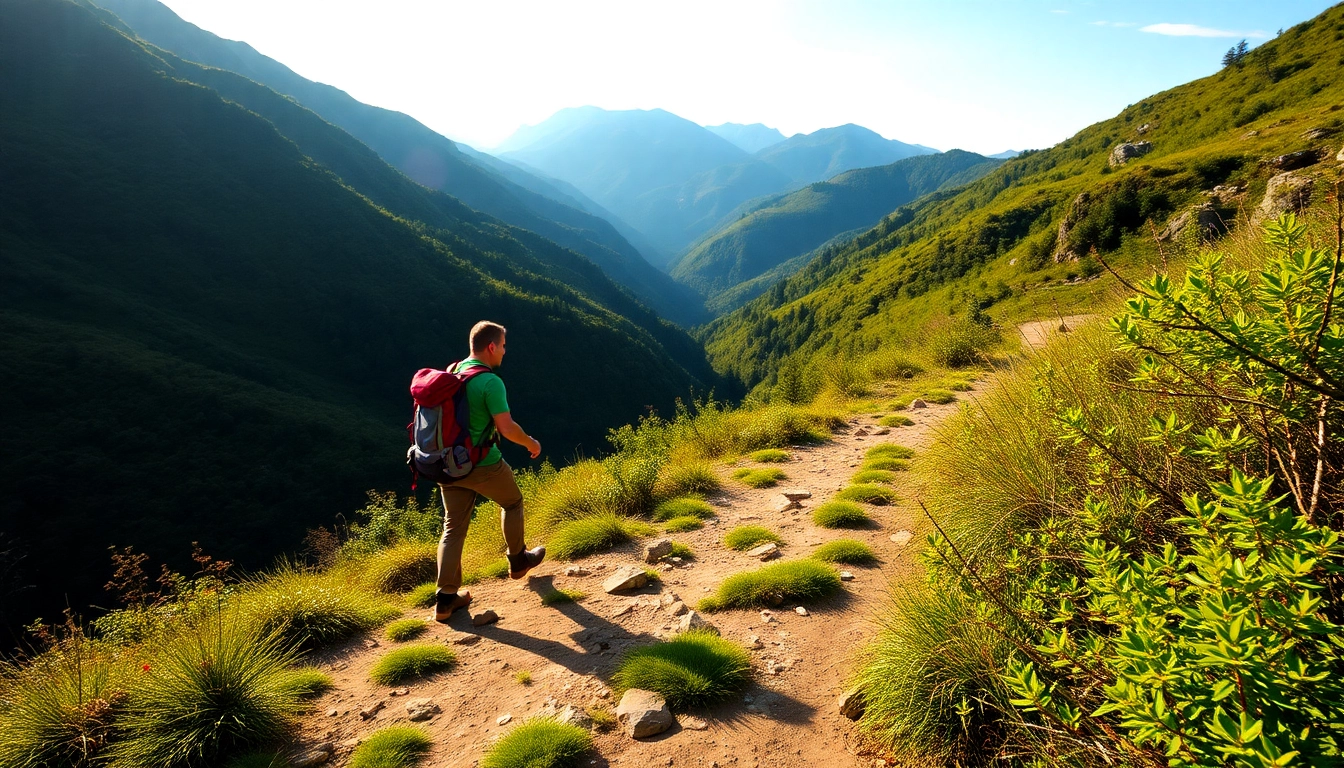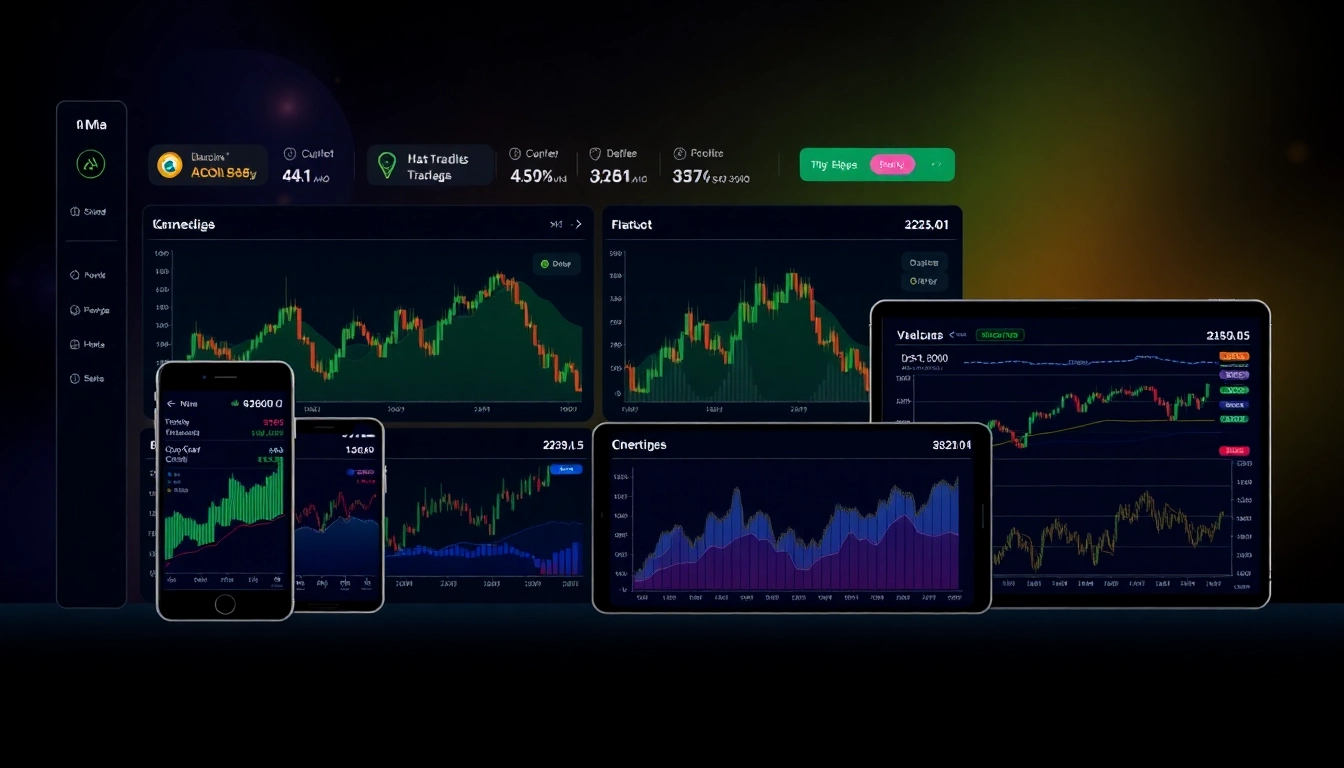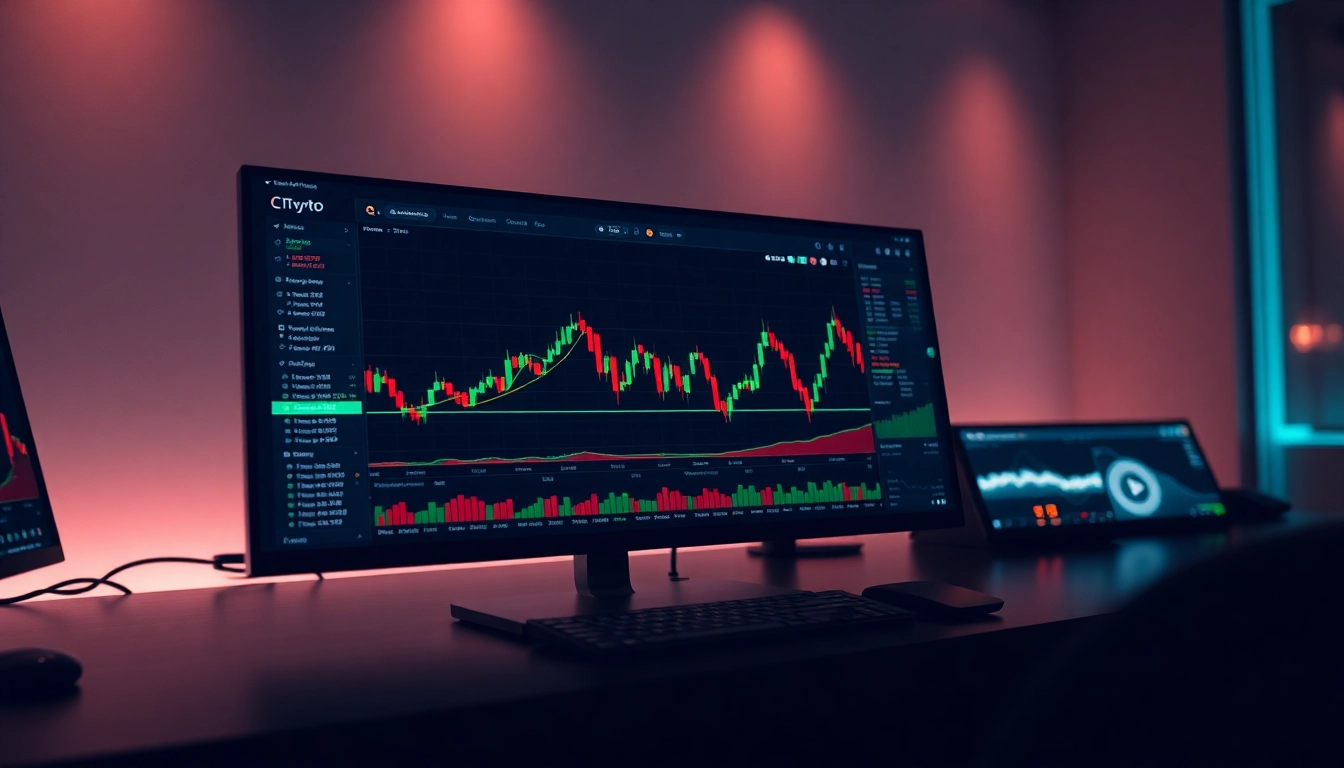Understanding Mt. Rinjani: Geography and Significance
Location and Geological Features of Mt. Rinjani
Nestled on the Indonesian island of Lombok in West Nusa Tenggara, Mt. Rinjani stands as the second highest volcano in Indonesia, reaching an impressive elevation of 3,726 meters above sea level. Its strategic location within the Rinjani Volcano complex provides a unique geological landscape characterized by diverse volcanic formations, lush surrounding forests, and a substantial caldera. The volcanic activity that has shaped Rinjani over centuries is evidenced by its active crater lake, Segara Anak, which persists as a symbol of the mountain’s dynamic nature. The geological formations of Mt. Rinjani are a result of complex tectonic processes, primarily influenced by the subduction of the Indo-Australian Plate beneath the Eurasian Plate, leading to frequent eruptions and significant geological transformations. This active stratovolcano is not only a geographic marvel but also a crucial part of the regional geology that influences local climate, hydrology, and biodiversity.
The Cultural and Natural Importance for Lombok
Mt. Rinjani is deeply woven into the cultural fabric of Lombok’s people, holding spiritual significance for local communities, especially the Sasak and Lombok tribes. It is revered as a sacred site and plays a central role in traditional rituals, festivals, and spiritual practices. Beyond its cultural importance, Rinjani is a vital natural ecosystem that supports a rich diversity of flora and fauna, many of which are endemic to the region. The mountain and surrounding national park serve as a vital green lung for Lombok, contributing to ecological stability and offering a habitat for species such as the Lombok kingfisher and various primates. Its scenic beauty, characterized by verdant forests, cascading waterfalls, and the shimmering caldera lake, attracts thousands of ecotourists and trekkers annually, bolstering sustainable tourism and local livelihoods. Preserving this natural and cultural heritage is paramount for both the environmental health of Lombok and the cultural identity of its inhabitants.
Historical Eruptions and Volcanic Activity
As an active volcano, Mt. Rinjani has witnessed numerous eruptions throughout history. Its volcanic activity is well-documented through geological records and eyewitness accounts, with notable eruptions occurring sporadically over the centuries. The most recent significant activity was recorded in late 2015, which produced ash plumes reaching heights of 6 kilometers and resulted in temporary closures of nearby airports and restrictions on trekking routes. These eruptions are characterized by explosive phases that are often preceded by increased seismic activity, giving local authorities and scientists critical warning signals. Despite its active status, Rinjani’s eruptions have been relatively controlled, allowing continuous exploration and tourism that both respect safety protocols and promote awareness of its volatile nature. The volcano’s history of eruptions underscores the importance of ongoing monitoring and disaster preparedness to mitigate risks for residents and visitors alike.
Planning Your Mt. Rinjani Trekking Adventure
Choosing the Best Routes and Seasons
Planning a trek to Mt. Rinjani requires careful consideration of routes and timing to ensure safety and enjoyment. The most popular routes include the Sembalun and Senaru trails, each offering different scenic experiences and varying difficulty levels. The Sembalun route is generally favored by more experienced trekkers, providing a more gradual ascent with breathtaking panoramic views. Conversely, the Senaru route offers lush forest scenery and easier terrain, suitable for beginners with proper guidance. Regarding seasons, the dry season from May to September presents the best conditions for trekking, with minimal rainfall and clearer views. The rainy season, from November to April, while lush and vibrant, can pose risks due to slippery trails and increased volcanic activity. For optimal safety and scenic enjoyment, planning your trek during the dry months is highly recommended, but always keep abreast of current weather and volcanic activity reports.
Permits, Guides, and Essential Equipment
Securing permits is a necessary step before embarking on your Rinjani adventure. These are obtainable through the National Park authority or authorized local tour operators. It’s advised to hire certified guides and porters, as their expertise not only ensures safety but also enriches your experience through cultural insights and logistical support. Costs for guides typically range around Rp. 350,000 per day, with additional expenses for porters and equipment. Essential gear includes sturdy hiking boots, weather-appropriate clothing (warm layers and windproof jackets), headlamps, sleeping bags, and high-energy food supplies. With the mountain’s unpredictable weather, packing versatile clothing and safety equipment such as masks for ash protection is crucial. Proper preparation, including obtaining the necessary permits and hiring qualified guides, sets a solid foundation for a successful trek while supporting local economies.
Budget and Cost Considerations for Trekking
Trekking Mt. Rinjani involves a range of costs that vary based on route length, guide services, accommodation, and gear. On average, a 3-4 day trek inclusive of permits, guide, porter, and basic equipment costs around Rp. 2,000,000 to Rp. 4,000,000 per person. Additional expenses such as transportation to the trailhead, gear rentals, and post-trek accommodations should also be considered. For budget-conscious travelers, opting for group tours can reduce costs, and pre-arranging gear rental and permits often results in better rates. Conversely, luxury trekking packages that include comfortable camping equipment and gourmet meals are available for those seeking comfort and convenience. Understanding your personal budget and preferences ensures a tailored experience that balances safety, comfort, and affordability.
Step-by-Step Guide to the Mount Rinjani Climb
Pre-Trek Preparation and Physical Fitness
Successfully scaling Mt. Rinjani demands adequate physical preparations. Engage in endurance training focusing on cardiovascular fitness, leg strength, and stamina several months prior to your scheduled trek. Incorporate hiking with a loaded backpack, stair climbing, and interval workouts to simulate mountain conditions. Mental readiness is equally important; cultivating patience and a positive mindset helps overcome physical fatigue and unpredictable weather challenges. Proper training not only reduces injury risks but also enhances overall enjoyment of the journey. Consulting with a fitness expert or seasoned trekkers can provide personalized training regimens aligned with Rinjani’s demands.
Day-by-Day Trekking Itinerary
Typical Rinjani expeditions are scheduled over 3 to 4 days. Day 1 usually begins with arrival at the trailhead—either Sembalun or Senaru—followed by acclimatization hikes and preparation. Day 2 marks the ascent to the crater rim, where trekkers camp overnight, often facing steep terrains and variable weather. Day 3 involves reaching the summit at 3,726 meters, witnessing stunning sunrises, and exploring the caldera within the crater, including the iconic Segara Anak Lake. The descent on Day 4 returns via the same trail or another route, concluding the trek. Each phase emphasizes safety, hydration, and respecting the mountain environment. Detailed planning of daily distances, elevation gains, and rest periods ensures a manageable and rewarding journey.
Safety Tips and Common Challenges
Safety is paramount when undertaking the Mt. Rinjani trek. Be prepared for rapidly changing weather, altitude sickness, and potential volcanic activity. Always monitor updates from the local volcanic observatory and heed guide instructions. Common challenges include altitude fatigue, dehydration, and trail fatigue. To mitigate these, stay well-hydrated, maintain a steady pace, and acclimate appropriately before the summit attempt. Seasonal hazards such as rain and ash fall require protective gear and flexible planning. Carry a well-stocked first aid kit, including medications for headaches, nausea, and altitude sickness. Professional guides are trained to manage emergencies and provide critical assistance, making their services indispensable.
What to Expect: Natural Beauty and Challenges
Scenic Spots and Wildlife Along the Trails
The trek to Mt. Rinjani offers breathtaking vistas at every turn. From lush rainforests teeming with endemic bird species such as the Lombok kingfisher, to the surreal landscape of the crater lake, the scenery is mesmerizing. Key scenic spots include the Sembalun Valley, the panoramic view from the crater rim, and the steaming volcanic vents. The rich biodiversity includes various orchids, ferns, and fauna that thrive in the park’s protected zones. Birdwatchers and photographers find Rinjani a paradise, capturing moments amid nature’s grandeur. These natural highlights make the trek not just physically rewarding but also a visual marvel.
Weather, Altitude, and Physical Demands
Weather conditions on Mt. Rinjani can vary dramatically, with temperatures dropping significantly at higher elevations and sudden showers common in wet seasons. Visitors should be prepared for temperatures potentially below freezing near the summit, especially at dawn. The high altitude presents challenges such as reduced oxygen levels, making acclimatization essential. Physical demands include steep ascents, rugged terrain, and endurance for multiple days of trekking. Proper pacing, pacing, altitude acclimation, and appropriate gear are crucial for a safe and enjoyable experience. Recognizing personal limits and listening to guide advice help prevent altitude sickness and fatigue.
Memorable Moments and Cultural Highlights
Trekking Mt. Rinjani is an adventure that leaves indelible memories—sunrises over the caldera, the silence of the mountain, and the camaraderie shared among trekkers. Cultural encounters include visits to local villages, participation in traditional ceremonies, and learning about indigenous beliefs surrounding Rinjani’s sacred status. Sharing meals with local guides, observing traditional dance performances, and engaging with the Lombok community deepen the travel experience. These moments blend natural beauty with rich cultural narratives, creating a multifaceted journey that echoes long after returning home.
Post-Trek Insights and Responsible Tourism
Environmental Conservation and Leave No Trace
Preservation of Mt. Rinjani’s pristine environment is essential for sustaining its ecological and cultural value. Visitors are urged to adhere to the Leave No Trace principles: pack out all trash, avoid damaging vegetation, and minimize campfire impacts. Respect designated paths and camping zones to prevent soil erosion and habitat disruption. Participating in conservation programs and supporting park authorities contribute to ongoing preservation efforts. Responsible tourism ensures future generations can enjoy the majestic beauty of Rinjani while maintaining its ecological integrity.
Supporting Local Communities
A significant benefit of trekking Rinjani is the economic upliftment of local communities. Purchasing local guides, porters, and handcrafted souvenirs directly benefits residents. Engaging in cultural exchanges and staying in community-run lodges foster sustainable livelihoods and promote cultural preservation. It is vital for travelers to approach these interactions with respect, recognizing the cultural significance of their environment, and supporting initiatives that promote environmental and social sustainability.
Maintaining Safety for Future Climbers
Safety protocols must be upheld by all trekkers. Sharing experience, reporting hazards, and adhering to park regulations help safeguard everyone. Monitoring volcanic activity and weather patterns, maintaining communication with authorities, and participating in pre-trek safety briefings are integral components of responsible trekking. Educating future climbers about these safety practices ensures the continuity of Rinjani’s adventure tourism in a safe and sustainable manner.






